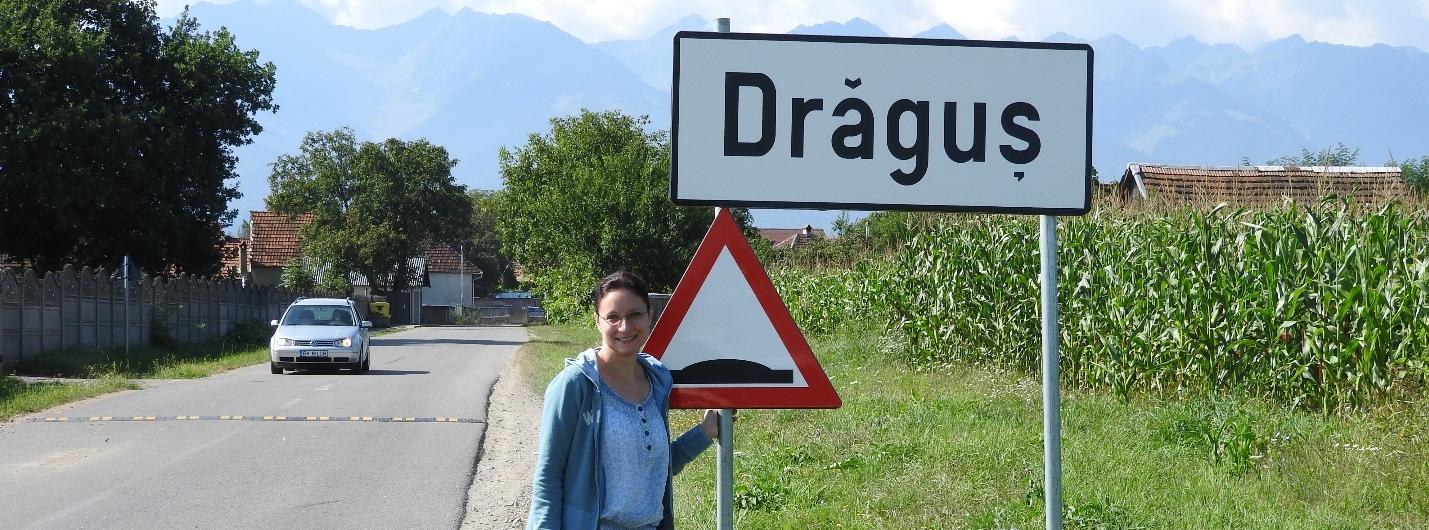Seminar on social relationships in Rumenian village
25.11.2020
On Nov 30th at 11 via Teams Irina Stahl is giving a lecture “Spatial distribution of people inside the church: The family strana. Field-notes old and new from Drăguș village (Romania), 1929-2020”.
Irina Stahl is a Researcher of the Institute of Sociology, Romanian Academy and Secretary of the Ritual Year Working Group (SIEF). Her presentation “Spatial distribution of people inside the church: The family strana. Field-notes old and new from Drăguș village (Romania), 1929-2020” is based on field-notes taken during the monographic campaigns of 1929 and 1932, carried out by the Sociological School of Bucharest, in Drăguș village (Țara Oltului region, central Romania). These notes, until recently unpublished, refer to the spatial distribution of people inside the church. Recent fieldwork, conducted in August 2020, examined current practices.
To join please contact mare.kalda@folklore.ee
or maris.kuperjanov.folklore.ee
Lecture is supported by the research grant EKM 8-2/20/3 and by the Centre of Excellance in Estonian Studies (TK-145).
*
Spatial distribution of people inside the church: The family strana
Field-notes old and new from Drăguș village (Romania), 1929-2020
Irina Stahl
Researcher, Institute of Sociology, Romanian Academy
Secretary, The Ritual Year Working Group (SIEF)
Abstract:
This presentation was developed from field-notes taken during the monographic campaigns of 1929 and 1932, carried out by the Sociological School of Bucharest led by Dimitrie Gusti, in Drăguș village (Țara Oltului region, central Romania). These notes, until recently unpublished, are preserved in the Stahl Family Archive, and refer to the spatial distribution of people inside the church. The reality of the past was completed by more recent fieldwork conducted in August, 2020.
As in many Orthodox churches from Transylvania, during the 1929 and 1932 campaigns, in the Drăguș church women and men were separated. The nave, which is closer to the altar, was occupied by men, and the narthex was occupied by women. Unmarried women and men stayed together in the back; children were upstairs in the choir; while gipsies stood next to the door. Despite recommendations of the Church’s representatives, that old people should stay in the front, out of respect, the complex social structure of the village imposed a different rule. All members of the same family lineage were aligned in a chain formation inside the church (Rom. strana,). In it, each member had a specific place. The front position was occupied by the head of the parental household (the father, and after his death by the son, usually the youngest, or the son-in-law, in the case of a matrilocal marriage), succeeded by the other male family members. Women followed the same rule in the narthex, where the chains continued. The distinction between two social categories: the descendants of former imperial border guards (freed peasants, who had received privileges in exchange for their services) and the descendants of the bonded peasants was less obvious, but still noticeable. Thus, the spatial distribution of people in the church reflected the social structure of the community. The same distribution was followed in the cemetery, where each member of the community was buried in his family section, also called strana.
Two of the original field-notes were made by Octavian Mureșanu, who took part only in the 1929 monographic campaign. An additional eleven notes were written in 1932, when the monographic teams returned to Drăguș. These field-notes were made by the famous Romanian sociologist Henri H. Stahl, who continued the investigation conducting a series of interviews, assisted by his co-worker Xenia Costa-Foru. Contrary to Muresanu’s notes, Stahl’s interviews were transcribed in such manner as to preserve the peasants’ idiomatic speech and expressions. After writing down the oral testimonies, Stahl verified the information given to him. He tried in vain to find the ”written rule from the ancestors”, however he was able to consult the assessment record of the Church council meetings and transcribed three of them, dated 1902 and 1906.
This talk traces the history of the field-notes (interviews and documents) and comments on the information they provide. Thus, it creates an opportunity for an extensive exploration of the activity of the Romanian School of Sociology and a chance to rediscover the century old church practices, particularly in the Țara Oltului region, central Romania. The more recent information provided by direct observation and interviews with several inhabitants of Drăguș village, in August 2020, complete the picture. Religious restrictions during Communism, and more recent social changes, which occurred after 1989, have all left their mark on the current spatial distribution of people inside the church.

